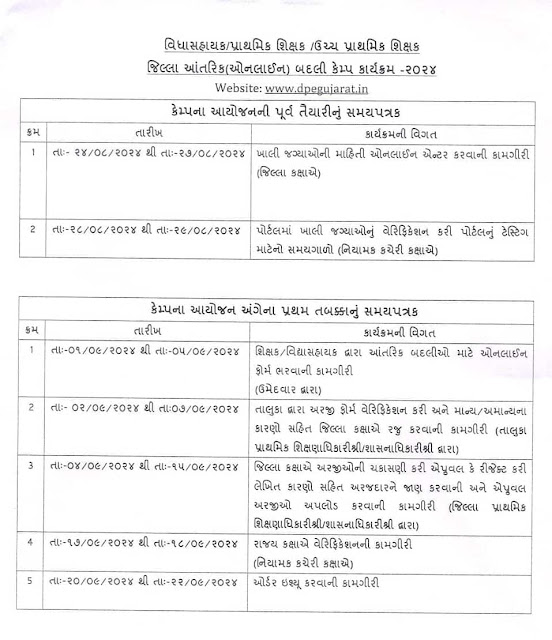What Colors Should You Expect from the Flame Test?
The flame test is a fun and useful analytical technique to help you identify the chemical composition of a sample based on the way it changes the color of a flame. However, interpreting your results can be tricky if you don't have a reference. There are many shades of green, red, and blue, usually described with color names you wouldn't even find on a crayon box! So, here are some sample photographs of flame test colors. Keep in mind, your results may vary depending on your technique and the purity of your sample. It's a good place to start, though.
Flame Test Colors Depend on Technique
Before I get into the photos, you need to remember the color you should expect will depend on the fuel you are using for your flame and whether or not you're viewing the result with the naked eye or through a filter. It's a good idea to describe your result in as much detail as you can. You might want to take pictures with your phone to compare results from other samples.
Sodium - Yellow Flame Test
Most fuels contain sodium (e.g., candles and wood), so you're familiar with the yellow color this metal adds to a flame. The color is muted when sodium salts are placed in a blue flame, like a Bunsen burner or alcohol lamp. Be aware, sodium yellow overwhelms other colors. If your sample has any sodium contamination, the color you observe may include an unexpected contribution from yellow!
Iron can also produce a golden flame (although sometimes orange).
Potassium - Purple in a Flame Test
Potassium salts produce a characteristic purple or violet color in a flame. Assuming your burner flame is blue, it may be difficult to see a big color change. Also, the color may be paler than you expect (more lilac).
Cesium - Purple-Blue in a Flame Test
The flame test color you're most likely to confuse with potassium is cesium. Its salts color a flame violet or blue-purple. The good news here is most school labs don't have cesium compounds. Side-by-side, potassium tends to be paler and have a slight pink tint. It may not be possible to tell the two metals apart using only this test.
Strontium - Red Flame Test
The flame test color for strontium is the red of emergency flares and red fireworks. It's a deep crimson to brick red.
Barium - Green Flame Test
Barium salts produce a green flame in the flame test. It's usually described as a yellow-green, apple green, or lime green color. The identity of the anion and the concentration of the chemical matter. Sometimes barium produces a yellow flame without noticeable green.
Manganese(II) and molybdenum may also yield yellow-green flames.
Copper(II) - Green Flame Test
Copper(I) - Blue Flame Test
Boron - Green Flame Test
Boron colors a flame bright green. It's a common sample for a school lab because borax is readily available in many places.
Lithium - Hot Pink Flame Test
Lithium yields a flame test somewhere between red and purple. It's possible to get a vivid hot pink color, although more muted colors are also possible. It's less red than strontium. It's possible to confuse the result with potassium.
Another element which may produce a similar color is rubidium. For that matter, so can radium, but it's not commonly encountered.
Calcium - Orange Flame Test
Calcium salts produce an orange flame. However, the color may be muted, so it can be hard to distinguish between the yellow of sodium or gold of iron. The usual lab sample is calcium carbonate. If the specimen is not contaminated with sodium, you should get a nice orange color.
Blue Flame Test Results
Blue is tricky, because it's the usual color of a methanol or burner flame. Other elements that can impart a blue color to a flame test are zinc, selenium, antimony, arsenic, lead, and indium. Plus, there are a host of elements that don't change the color of a flame. If the flame test result is blue, you won't get much information, except you can exclud
/methanol-flame-colors-90191671-575f130e3df78c98dc399f6e.jpg)
/two-vocational-school-students-experimenting-with-flame-522935303-575f14db3df78c98dc3c8bfe.jpg)
/golden-yellow-flame-sodium-salts-burning-141740930-575f1b9b5f9b58f22ef0d443.jpg)
/136820595-56a1338b5f9b58b7d0bcfcab.jpg)
/cesium-flame-color-108006219-575f19c73df78c98dc422b5f.jpg)
/flame-experiment-holding-strontium-compound-on-platinum-wire-in-bunsen-burner-flame-turning-flame-red-136820596-575f1eaf3df78c98dc425337.jpg)
/135899730-56a132253df78cf772684fa6.jpg)
/green-flame-copper-salts-burning-141740934-575f24285f9b58f22ef11225.jpg)
/copper-compound-burning-with-green-blue-flame-83189697-575f24b35f9b58f22ef13b97.jpg)
/1green-fire-tornado-56a12a085f9b58b7d0bca7a0.jpg)
/135899594-56a132265f9b58b7d0bcf333.jpg)
/orange-flame-lithium-salts-burning-141740935-575f2a093df78c98dc44be0f.jpg)
/blue-flame-burning-methylated-spirit-141740931-575f2b0a5f9b58f22ef363c6.jpg)


